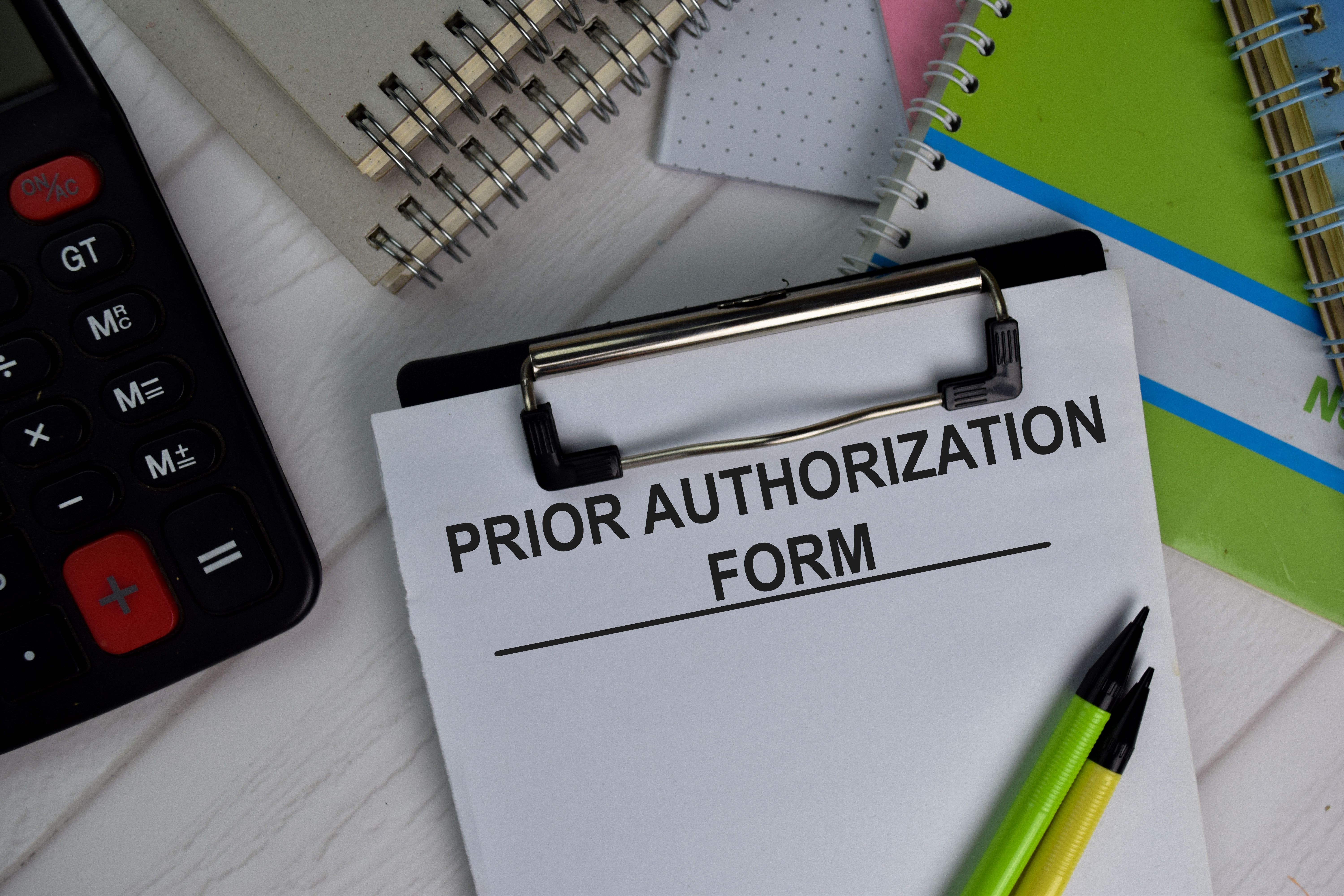Article
E-prescribing: Who's ready, who's not
Author(s):
Technology Consult
Imagine composing an e-mail only to print it out, stick it in an envelope, and put it in the mail. Or, suppose that you fax that hard copy to the recipient. Sounds funny, doesn't it?
Don't chuckle too much, though. Something just as papery and inefficient is happening with electronic prescribing.

Granted, a printout or fax is an improvement over a slip of paper with a doctor's indecipherable scrawl. But an EDI transmission is even better. You eliminate the possibility of a patient losing a hard-copy prescription. And you strike a blow for patient safety because a pharmacy employee doesn't have to type in data from a fax or printout into the pharmacy computer system, one more step during which an error might occur.
And by establishing an EDI connection with a pharmacy, you're able to receive as well as transmit data, and that means more benefits. When a pharmacy has to contact you about renewing somebody's prescription, it can shoot you a message that appears in the inbox of your EHR program, reducing the number of phone calls and faxes that tie up your staff. Plus, a pharmacy can send you helpful information, such as a list of medications other doctors have ordered for your patient and whether the prescriptions have been filled.
Misunderstandings hold back some doctors
So why aren't more doctors who write electronic prescriptions taking advantage of EDI? Quite a few practices using EHRs say their patients prefer to leave the office holding a piece of paper, according to the KLAS study. "This is especially true of geriatric patients," notes research manager Brooke Spendlove.
Doctors also have been slow to embrace the new technology, says Spendlove. For one thing, she says, some mistakenly believe that EDI transmissions of prescriptions are illegal where they live. To be sure, federal regulations currently prohibit doctors from using EDI for controlled substances, although the US Drug Enforcement Administration is developing both the technology and the necessary standards to permit this eventually. Otherwise, every state except Alaska, South Carolina, and West Virginia gives a green light to EDI, according to SureScripts, a networking company formed by the pharmacy industry to link its members with e-prescribing physicians. (Another connectivity company called RxHub specializes in providing doctors with formulary, eligibility, and benefit information from pharmacy benefit managers and in routing prescriptions to mail-order pharmacies.)
Many doctors also are unaware that their EHR can talk to a pharmacy's computer system, says SureScripts CEO Kevin Hutchinson. This ignorance, Hutchinson says, is understandable, because EDI transmission of prescriptions is a relatively new feature for most EHRs (SureScripts knows because it certifies their compliance with national standards for transmitting prescriptions.) All told, an estimated 150,000 physicians-if enlightened-could use their EHR or standalone e-prescribing software to send scripts to pharmacies, says Hutchinson. In many cases, though, doctors have older, uncertified versions of the software and would need to upgrade to the latest version to enable EDI.
If you're not sure about the e-prescribing power of your program, you can find out by completing a questionnaire at a website sponsored by SureScripts, http://www.getrxconnected.com. You'll immediately learn whether your program is certified for two-way electronic connectivity with pharmacies.
Can your pharmacy's computer talk to yours?





